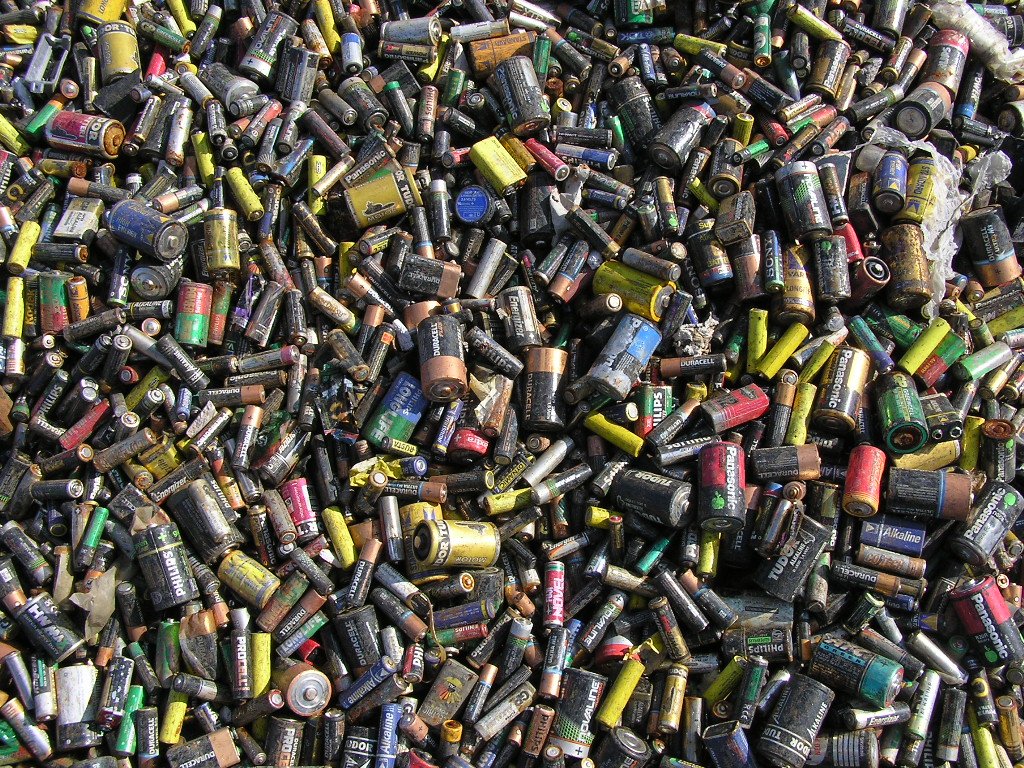NOTE:
On August 24, 2022, the Ministry of Environment, Forest and Climate Change of India published and enforced the Battery Waste Management Rules, 2022
India published comprehensive battery waste management rules with Extended Producer Responsibility
On February 22, 2020, India’s Ministry of Environment, Forest and Climate Change (MoEFCC) announced the draft “Battery Waste Management Rules, 2020” in the Official Gazette for 60 days public comments. The draft is proposed to replace the “Battery (Management and Handling) Rules, 2001” and will apply to all types of batteries in the Schedule I, regardless of their shape, volume, weight, material composition or use. It will also apply to all appliances into which a battery is or may be incorporated but not apply to batteries used in:
- Equipment connected with the protection of the essential security interests such as arms, ammunitions and war material, and intended specifically for military purposes;
- Equipment designed to be sent into space (space exploration)
- Emergency and alarm systems;
- Emergency lighting; and
- Medical Equipment
Schedule I: Classification of batteries
| Primary cells or Non-rechargeable batteries | Alkaline battery, Aluminium–air battery, Aluminium-ion battery, Atomic battery (Betavoltaics, Optoelectric nuclear battery, Nuclear micro-battery), Bunsen cell, Chromic acid cell (Poggendorff cell), Clark cell, Daniell cell, Dry cell, Earth battery, Frog battery, Galvanic cell, Grove cell, Leclanché cell, Lemon/potato battery, Lithium battery, Lithium air battery, Magnesium battery, Mercury battery, Molten salt battery, Nickel oxyhydroxide battery (Oxyride battery), Organic radical battery, Paper battery, Pulvermacher’s chain, Silver-oxide battery, Solid-state battery, Voltaic pile (Penny battery, Trough battery), Water-activated battery, Weston cell, Zinc–air battery, Zinc–carbon battery, Zinc chloride battery. |
| Secondary cells or Rechargeable batteries | Flow battery (Vanadium redox battery, Zinc–bromine battery, Zinc– cerium battery), Lead–acid battery (Deep cycle battery, VRLA battery, AGM battery, Gel battery), Lithium air battery, Lithium-ion battery (Lithium ion lithium cobalt oxide battery (ICR), Lithium ion manganese oxide battery (IMR), Lithium ion polymer battery, Lithium iron phosphate battery, Lithium–sulfur battery, Lithium– titanate battery, Thin film lithium-ion battery), Magnesium-ion battery, Molten salt battery, Nickel–cadmium battery (Nickel– cadmium battery vented cell type), Nickel hydrogen battery, Nickel–iron battery, Nickel metal hydride battery (Low selfdischarge NiMH battery), Nickel–zinc battery, Organic radical battery, Polymer-based battery, Polysulfide bromide battery, Potassium-ion battery, Rechargeable alkaline battery, Rechargeable fuel battery, Silicon air battery, Silver-zinc battery, Silver calcium battery, Sodium-ion battery, Sodium–sulfur battery, Sugar battery, Super iron battery, Ultra Battery. |
Prohibitions and labelling requirements
- No person shall place on the market a battery that contains more than 0.0005% (5 ppm) of mercury by weight and a portable battery that contains more than 0.002% of cadmium by weight.
- No person shall place on the market any battery or battery pack unless it is marked with the“crossed out wheeled bin symbol” (see below) covering at least 5% of the area of the largest side of the battery or battery pack.

- No person shall place on the market a button cell containing more than 0.0005% of mercury by weight unless it is marked with the chemical symbol “Hg”; a battery containing more than 0.002% of cadmium by weight unless it is marked with the chemical symbol “Cd” and a battery containing more than 0.004% of lead by weight unless it is marked with the chemical symbol “Pb”.
Responsibilities of Producers
- It shall be the responsibility of a producer to implement the Extended Producers Responsibility and individual producer shall seek EPR Authorization from Central Pollution Control Board or State Pollution Control Board.
- Producers shall collect and channelize waste batteries at end of life of batteries or end of life of equipment containing battery in line with the targets prescribed in EPR Authorization.
| No. | Year | battery-Waste Collection Target (Number/Weight) |
|---|---|---|
| (i) | During first two year of implementation of rules | 30% of the quantity of waste generation as indicated in EPR Plan. |
| (ii) | During third and fourth years of implementation of rules | 40% of the quantity of waste generation as indicated in EPR Plan |
| (iii) | During Fifth and Sixth years of implementation of rules | 50% of the quantity of waste generation as indicated in EPR Plan |
| (iv) | Seventh year onward of implementation of rules | 70% of the quantity of waste generation as indicated in EPR Plan |
Separate collection targets have been set for “Lead-acid batteries”.
- Producers shall provide contact details such as address, e-mail address, toll-free telephone numbers or helpline numbers to consumer(s) or bulk consumer(s) through their website and product user documentation so as to facilitate return of waste batteries.
- Producers shall create awareness through media, publications, advertisements, posters, or by any other means of communication and product user documentation accompanying the battery or battery containing equipment, with regard to information on hazardous constituents of the batteries, information on hazards of improper handling, disposal, accidental breakage, damage or improper recycling of batteries, etc.
The draft also specifies the obligations for manufactures, dealers, recyclers, consumers, importers and dismantlers respectively.
The draft “Battery Waste Management Rules, 2020” can be downloaded at the following URL (in Hindi and English).
http://egazette.nic.in/WriteReadData/2020/216331.pdf
 India announces proposed comprehensive battery waste management rules including lithium-ion batteries
India announces proposed comprehensive battery waste management rules including lithium-ion batteries 

























